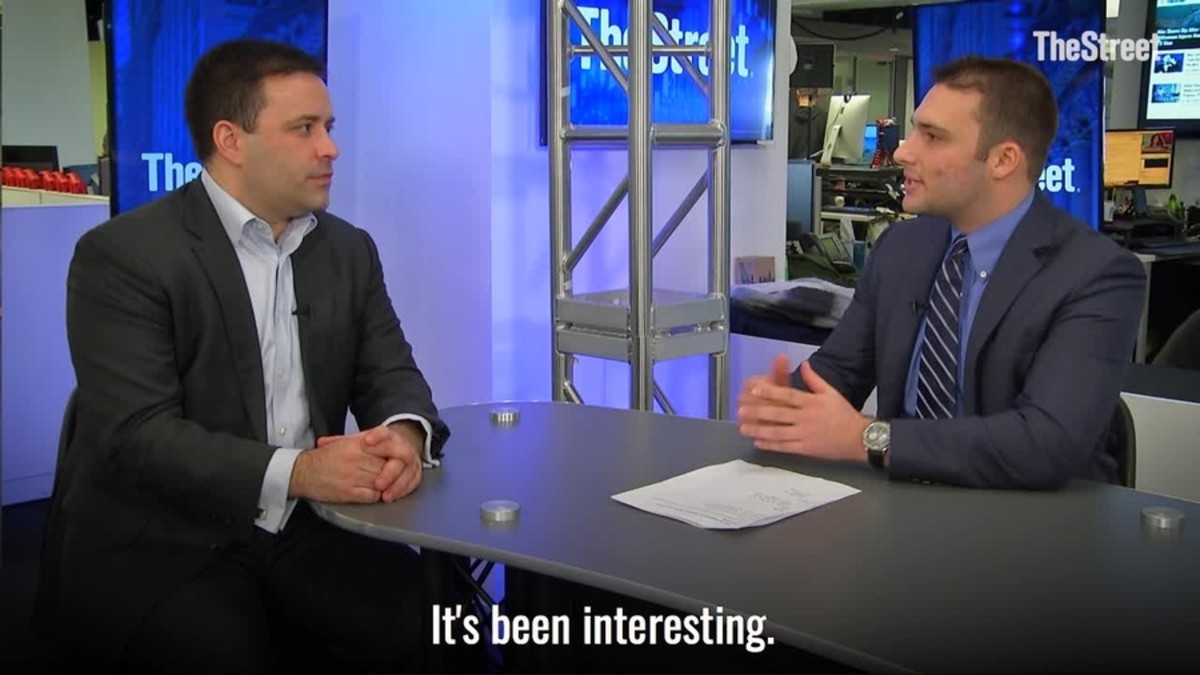Increased US-China Trade: Exporters Scramble Before Truce Deadline

Table of Contents
The Pressure is On: Short-Term Impacts of the Truce Deadline
The current US-China trade agreement, while offering some respite from previous tariff wars, has a fast-approaching deadline. This deadline creates immense pressure on exporters, forcing them to make crucial decisions under immense time constraints. The uncertainty surrounding potential future policy shifts adds to the complexity. This uncertainty affects every aspect of their operations, from logistics to pricing.
- Increased shipping costs and logistical challenges: The rush to meet the deadline has led to a surge in demand for shipping containers and transportation services, driving up costs significantly. Port congestion and delays are further exacerbating these challenges. Companies are experiencing significantly higher freight costs, impacting profitability margins.
- Rush to fulfill existing orders before potential tariff changes: Exporters are working overtime to fulfill existing orders before potential tariff increases come into effect. This creates a massive logistical hurdle and puts a strain on resources and manpower. Any delays risk significant financial losses.
- Uncertainty surrounding future trade policies and their impact on pricing: The lack of clarity on future trade policies creates a volatile pricing environment. Exporters struggle to accurately predict costs and set prices competitively, affecting their bottom line and long-term planning.
- Stockpiling of goods to avoid future tariff increases: Many companies are stockpiling goods in anticipation of potential tariff increases, tying up capital and increasing storage costs. This strategic move aims to mitigate the impact of future price hikes but comes with its own set of financial risks.
- Focus on alternative sourcing strategies: In response to the volatile trade environment, many businesses are actively exploring alternative sourcing strategies to reduce their reliance on China. This includes diversifying their supply chains and seeking out manufacturers in other countries.
Navigating the New Normal: Strategies for Exporters
To thrive in this unpredictable climate of increased US-China trade, businesses are adopting several key strategies:
- Diversification of supply chains: Reducing dependence on a single source, particularly China, is paramount. This includes exploring and establishing relationships with manufacturers in Vietnam, India, Mexico, and other countries to create a more resilient and geographically diverse supply chain.
- Negotiation of better terms with suppliers: Exporters are actively negotiating better terms with their suppliers, focusing on improved pricing, payment terms, and delivery schedules. Building strong, transparent relationships is crucial in this uncertain environment.
- Investment in technology to improve efficiency and reduce costs: Adopting automation and advanced technologies helps streamline operations, reduce costs, and improve overall efficiency. This includes investing in supply chain management software, AI-powered forecasting tools, and other technological solutions.
- Exploring new markets beyond China and the US: Expanding into new and emerging markets helps diversify revenue streams and reduce reliance on the US-China trade relationship. This diversification mitigates risk and fosters business growth.
- Lobbying efforts for favorable trade policies: Companies are engaging in active lobbying efforts to advocate for policies that support their interests and create a more stable trade environment. This includes working with trade associations and government agencies to influence policy decisions.
The Role of Government Support and Incentives
Government support plays a vital role in helping exporters navigate the challenges of increased US-China trade. Various programs and initiatives offer crucial assistance:
- Government loan programs and financial assistance: Access to affordable credit and financial assistance helps businesses manage cash flow and invest in growth opportunities. These programs can alleviate financial strains during periods of uncertainty.
- Tax incentives and export subsidies: Tax breaks and export subsidies reduce the cost of doing business and incentivize exports, helping businesses remain competitive in the global market.
- Trade missions and market research support: Government-sponsored trade missions provide valuable opportunities to explore new markets and forge international business relationships. Market research support helps companies understand market dynamics and consumer preferences.
- Negotiating trade deals and agreements: Governments play a crucial role in negotiating favorable trade agreements that create a more stable and predictable environment for exporters.
- Information and guidance for exporters navigating regulations: Governments provide essential information and guidance on navigating complex trade regulations and compliance requirements. This support streamlines the export process and reduces bureaucratic hurdles.
Long-Term Implications: Reshaping the Global Trade Landscape
The increased US-China trade dynamic will have profound and long-lasting effects on the global economy:
- Restructuring of global supply chains: Companies will continue to diversify their supply chains, leading to a restructuring of global manufacturing networks. This will likely result in a more decentralized and regionalized approach to production.
- Rise of regional trade blocs and agreements: We can anticipate a rise in regional trade blocs and agreements as countries seek to strengthen economic ties within their regions. This could lead to the emergence of new economic powerhouses.
- Increased geopolitical tensions and their effect on trade relations: The US-China trade conflict highlights the growing geopolitical tensions influencing global trade relationships. These tensions create uncertainty and could lead to further disruptions.
- Potential shifts in global manufacturing hubs: The ongoing trade tensions may lead to a shift in global manufacturing hubs, with some countries gaining prominence while others experience a decline.
- The impact on consumer prices: Changes in trade patterns and supply chains will inevitably affect consumer prices. Depending on the dynamics, consumers may experience either higher or lower prices for goods.
Conclusion
The increased US-China trade environment presents both challenges and opportunities for exporters. The impending truce deadline has intensified the pressure, forcing businesses to adopt agile strategies to survive and thrive. Government support plays a crucial role in mitigating risks and facilitating adaptation. Understanding the complexities of increased US-China trade is essential for navigating this dynamic landscape. Proactive planning and strategic adaptation are critical to success. Don't get caught off guard – research your options and prepare for the future of increased US-China trade.

Featured Posts
-
 2025 Emmys Predicting The Lead Actress In A Limited Series Winners
May 22, 2025
2025 Emmys Predicting The Lead Actress In A Limited Series Winners
May 22, 2025 -
 Death Of Adam Ramey Dropout Kings Vocalist Passes Away At 31 Go Fund Me Appeal
May 22, 2025
Death Of Adam Ramey Dropout Kings Vocalist Passes Away At 31 Go Fund Me Appeal
May 22, 2025 -
 Steelers Schedule Release Key Takeaways And Analysis
May 22, 2025
Steelers Schedule Release Key Takeaways And Analysis
May 22, 2025 -
 Tivoli Clisson Decouverte De L Interieur Du Theatre Selectionne Pour Le Loto Du Patrimoine 2025
May 22, 2025
Tivoli Clisson Decouverte De L Interieur Du Theatre Selectionne Pour Le Loto Du Patrimoine 2025
May 22, 2025 -
 Emergency Responders Tackle Significant Used Car Lot Fire
May 22, 2025
Emergency Responders Tackle Significant Used Car Lot Fire
May 22, 2025
